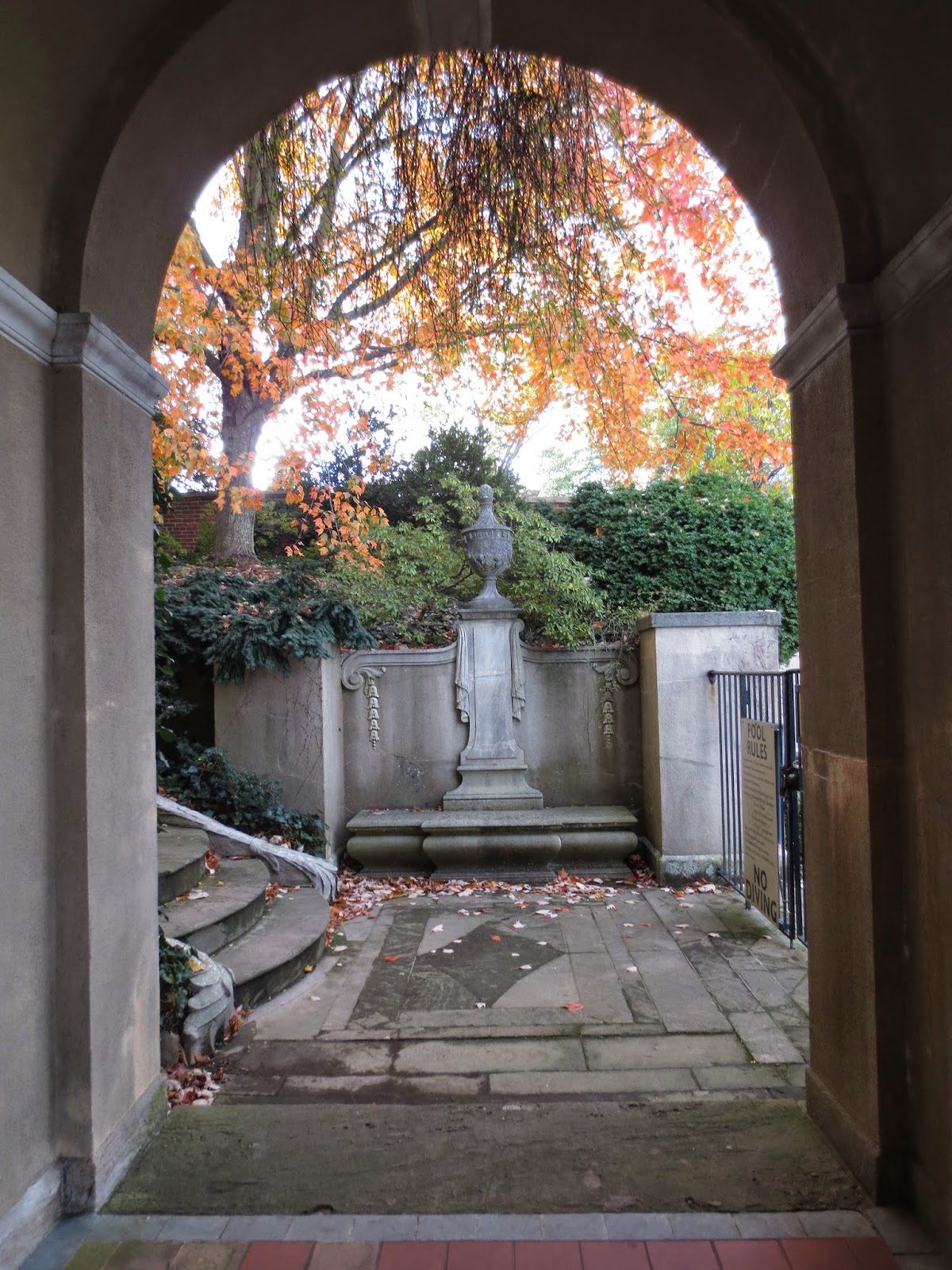The Minorite Church is one of the landmarks of Eger, located in Dóbo Square. The Minorites are a branch of the Franciscans (I had to look it up) and this church is dedicated to St Anthony of Padua. It has what I think is one of the most beautiful church façades I have seen.
Here is what Eberhard Hempel has to say on the historical background: "Through Bishop Karl, Count Esterházy, Eger (Erlau), too, was in 1762-90 turned by [Jakab] Fellner and his school into the most handsome Baroque town in Hungary. Here, alongside buildings influence by court and church architecture, there exist pleasing ones in a more middle-class, popular style. [...] In the church of the Minorites at Eger, built in 1758-63 by Matthias Gerl, the architect continued to develop the motif of curving the centre by the insertion of colossal double columns. The strongly expressive horizontal lines of the two main cornices seem literally to bind the building together, in contrast to the soaring movement of the two towers of 1758-73."
The altar, other views below
Just look at that...
















































